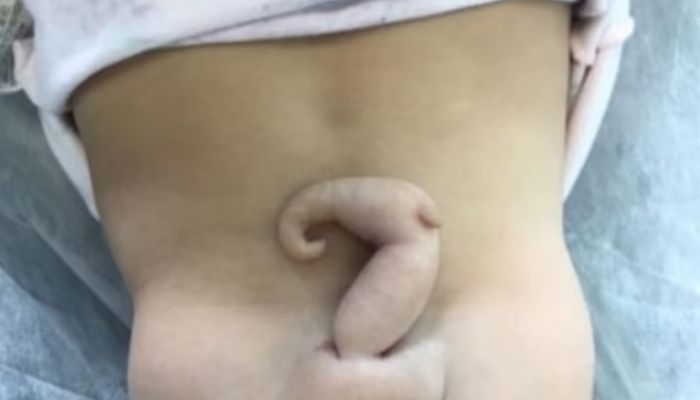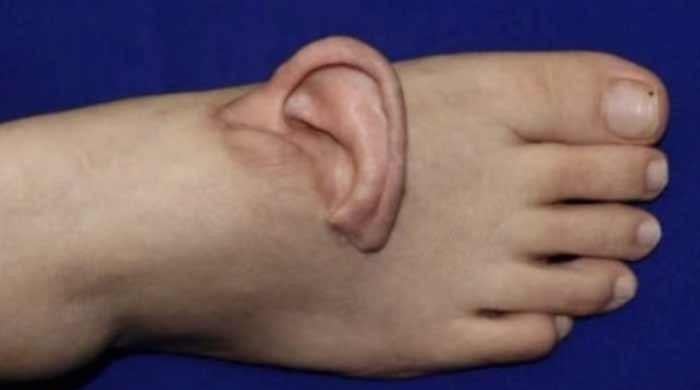Girl who was born with '6cm tail' is now three years old
Girl was born with spina bifida, a birth anomaly brought on by an incorrectly formed spinal cord
February 19, 2023

When Brazilian doctors delivered a baby girl and saw a six-centimetre tumour protruding from her spine, they were astonished. The Journal of Pediatric Surgery Case Reports has reported the incident with the medical abnormality faced by a baby girl who is now three years old.
According to the study, the girl was born with spina bifida, a birth anomaly brought on by an incorrectly formed spinal cord. Her spine developed a gap as a result of the disease, which most likely contributed to the tail's growth. Surgeons performed a quick operation to immediately remove the skin-covered appendage that was growing on her back.
The child was delivered through caesarean at term, and the mother had no prior history of drug use or illness, according to the case study's authors. As the child's doctors examined him or her, they noticed a soft tissue tail growing where the spine and pelvis converge. The authors of the study stated that "the physical examination revealed a 6 cm skin-covered soft tissue tail coming up from the lumbosacral area."
An MRI of the infant revealed a tiny spine breach with a fibrous cable, a multi-layered tissue channel, and a local dermal sinus.
"The connected cord was absent. A spinal dysraphism was discovered, and the case was identified as a human pseudo-tail," they declared.
Following the procedure, the baby had a cerebrospinal fluid leak that was detected by a wet surgical site and a partially opened suture. She was given intravenous antibiotics while being held in a lateral position, and her wound was kept dry and clean.
The operation had no long-term effects on the youngster, who is now 3 years old.
The authors mentioned: "The patient is currently 3 years old and undergoing a close long-term follow-up. During this period, she had three episodes of urinary tract infection that were successfully treated with antibiotics."
Now, the girl can walk easily and has no complications from the operation.









